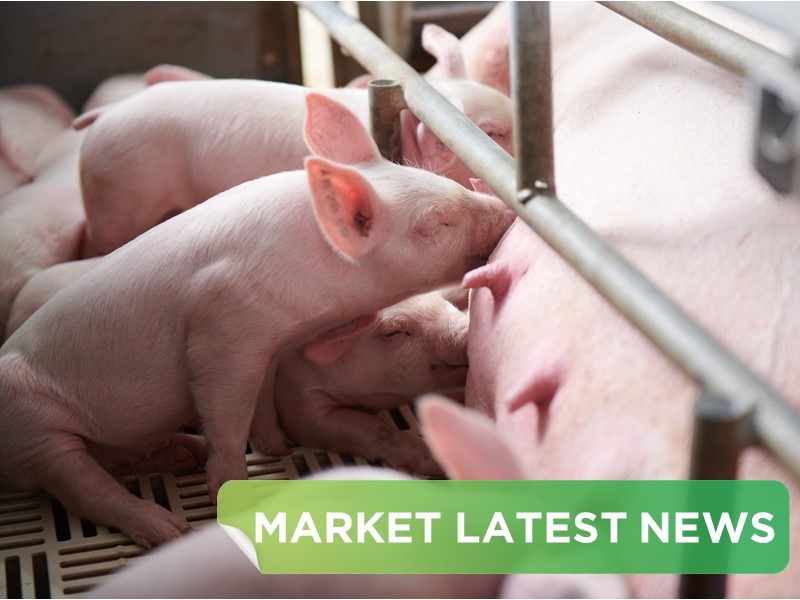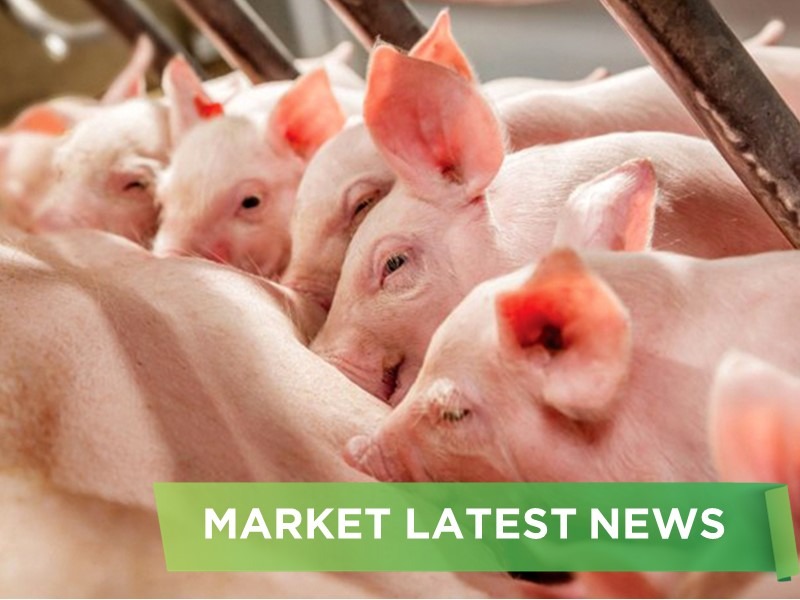African swine fever is circulating in many localities but mainly occurs in small-scale farms, the total pig herd nationwide is still maintained at about 31 million, so there is no need to worry about a shortage of pork during the 2026 Lunar New Year.
Maintaining the total herd at 31 million, there is no need to worry about a shortage of pork during the 2026 Lunar New Year
That is the sharing from Mr. Pham Kim Dang, Deputy Director of the Department of Animal Husbandry and Veterinary Medicine (Ministry of Agriculture and Environment), when commenting on the supply of pork during the 2026 Lunar New Year, in the context that African swine fever is still present in many localities.
The Department of Animal Husbandry and Veterinary Medicine said that 31/34 provinces and cities nationwide still have African swine fever, but the number of communes and new outbreaks has decreased sharply. Many localities have controlled the disease, preventing it from spreading.
Once a hot spot for the epidemic in the North, but as of September 10, the Department of Animal Husbandry, Veterinary and Fisheries of Phu Tho province said that this locality still has 90 wards with African swine fever that has not passed 21 days; 31 communes and wards have passed 21 days without outbreaks of the disease.
No worries about pork shortage during the Lunar New Year 2026. Photo: Masan
There are only more than 5 months left until the Lunar New Year 2026, which is the time when livestock farmers are eager to restore their herds. However, the Department of Animal Husbandry, Veterinary and Fisheries of Phu Tho province recommends that livestock farmers do not rush to restore their herds to avoid double losses.
To support farmers who have pigs to sell for Tet, the Department of Agriculture and Environment of Thai Nguyen province recently sent 73 highly qualified and experienced officials to communes and wards to handle outbreaks, proactively instructing farmers to implement biosafety measures to prevent disease.
In addition, the Department of Animal Husbandry, Veterinary and Fisheries of Thai Nguyen province requested localities to inventory the total pig herd in the area, recommend that farmers vaccinate against the disease and only re-herd when conditions for epidemic safety are met.
Mr. Pham Kim Dang, Deputy Director of the Department of Animal Husbandry and Veterinary, said that the recent African swine fever epidemic only occurred in small-scale farms. Farmers did not have the conditions, did not fully implement biosecurity measures, and did not proactively vaccinate against the disease.
As for large-scale, industrial-scale farms of enterprises, "epidemics rarely occur", and the pig herd is almost unchanged. These businesses have plans to increase their herds, ensuring pork supply during the 2026 Lunar New Year.
“We still maintain a total herd of over 31 million pigs, although the current herd restoration rate in localities is still low, there is no worry about pork shortage. Livestock businesses are capable of supplying,” said Mr. Dang.
According to Mr. Pham Kim Dang, despite the impact of African swine fever, if comparing the price of live pigs and the price of animal feed, the total production cost, farmers are currently guaranteed profits.
According to a survey from localities, the price of live pigs in the North on September 13 fluctuated from 57,000 - 60,000 VND/kg. Some provinces and cities have the highest price such as Hai Phong at 61,000 VND/kg. Meanwhile, Lai Chau and Son La provinces have lower prices, at 57,000 VND/kg.
In the Central region, prices range from 57,000 - 59,000 VND/kg. Provinces and cities such as Quang Tri, Hue, and Da Nang have the lowest price in the region at 57,000 VND/kg.
In the Southern market, live pig prices range from 59,000 - 61,000 VND/kg. Of which, Tay Ninh and Dong Thap have the highest price in the region at 61,000 VND/kg.
According to the Department of Animal Husbandry and Veterinary Medicine, small-scale pig farming has decreased sharply since the outbreak of African swine fever. Pork output supplied to the market in this region only accounts for 35 - 40%.
Meanwhile, professional household farming and farms supply 60 - 65%.
(Source: Phan Hau - Thanh Nien Newspaper)












